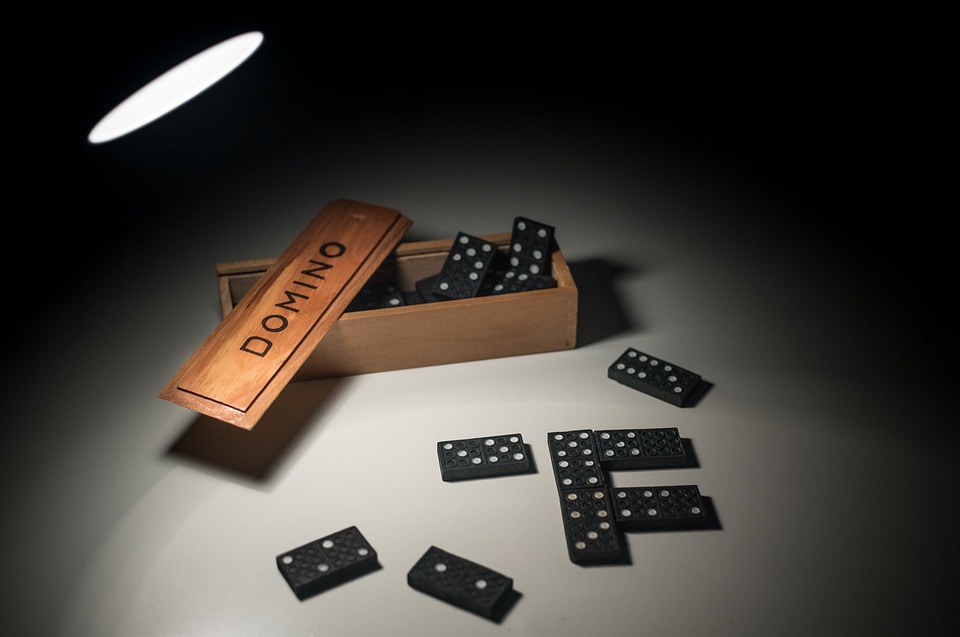The Influence of Technology on Modern Art
In today’s digital age, technology plays a significant role in shaping modern art. From digital art installations to interactive exhibits, technology has opened up new possibilities for artists to explore and create. The integration of technology into art has not only transformed the way art is created but also how it is experienced by viewers. In this article, we will explore the various ways in which technology has influenced modern art.
Digital Art
One of the most noticeable impacts of technology on modern art is the rise of digital art. Digital art encompasses a wide range of mediums, from computer-generated imagery (CGI) to digital paintings created using software like Adobe Photoshop. Artists can now manipulate digital tools to create stunning visual effects that were previously impossible with traditional mediums.
Digital art has also paved the way for new forms of expression, such as interactive art installations and virtual reality experiences. Artists can now create immersive artworks that engage multiple senses and create a truly unique experience for viewers. This has brought a new level of interactivity to art, allowing viewers to become active participants in the creation of the artwork.
Augmented Reality and Virtual Reality
Augmented reality (AR) and virtual reality (VR) have also had a profound impact on modern art. Artists can now create interactive AR and VR experiences that transport viewers into a completely different world. These technologies have enabled artists to create truly immersive artworks that blur the boundaries between the physical and digital worlds.
AR and VR technologies have also expanded the possibilities for storytelling in art. Artists can now create interactive narratives that allow viewers to explore different paths and outcomes, creating a more engaging and dynamic experience. These technologies have also made it possible for artists to collaborate with other creators from around the world, leading to new forms of collective art-making.
Artificial Intelligence
Artificial intelligence (AI) has also begun to play a role in modern art. Artists can now use AI algorithms to generate new ideas, create unique visual effects, and even compose music. AI-driven art has opened up new possibilities for artists to explore the boundaries of creativity and push the limits of what is possible.
AI art has also raised questions about the role of the artist in the creation of art. With AI algorithms capable of generating artworks independently, some have questioned whether AI can truly be considered art. However, many artists see AI as a tool to enhance their creative process, rather than a replacement for human creativity.
Interactive Installations
Technology has enabled artists to create interactive installations that engage viewers in new and exciting ways. Interactive art installations use sensors, cameras, and other technologies to respond to the movements and actions of viewers, creating a dynamic and engaging experience. These installations often blur the lines between art and technology, inviting viewers to become active participants in the creation of the artwork.
Interactive installations have also opened up new possibilities for artists to explore themes such as social interaction, environmental issues, and personal identity. By allowing viewers to interact with the artwork in a meaningful way, artists can create more immersive and impactful experiences that resonate with audiences on a deeper level.
Conclusion
In conclusion, technology has had a profound influence on modern art. From digital art to interactive installations, technology has opened up new possibilities for artists to explore and create. The integration of technology into art has transformed the way art is created and experienced, pushing the boundaries of creativity and challenging traditional notions of what art can be. As technology continues to evolve, so too will the ways in which artists use it to create innovative and compelling artworks.

Leave a Reply